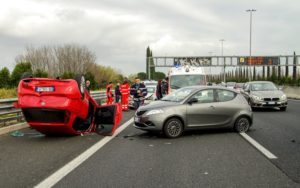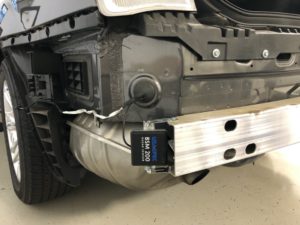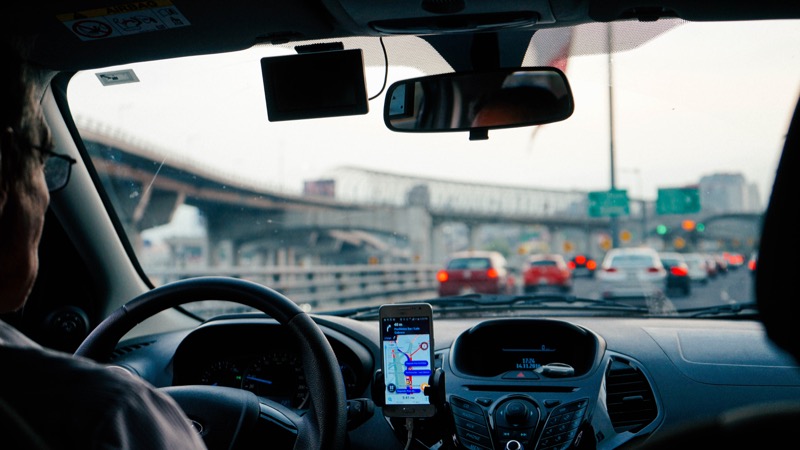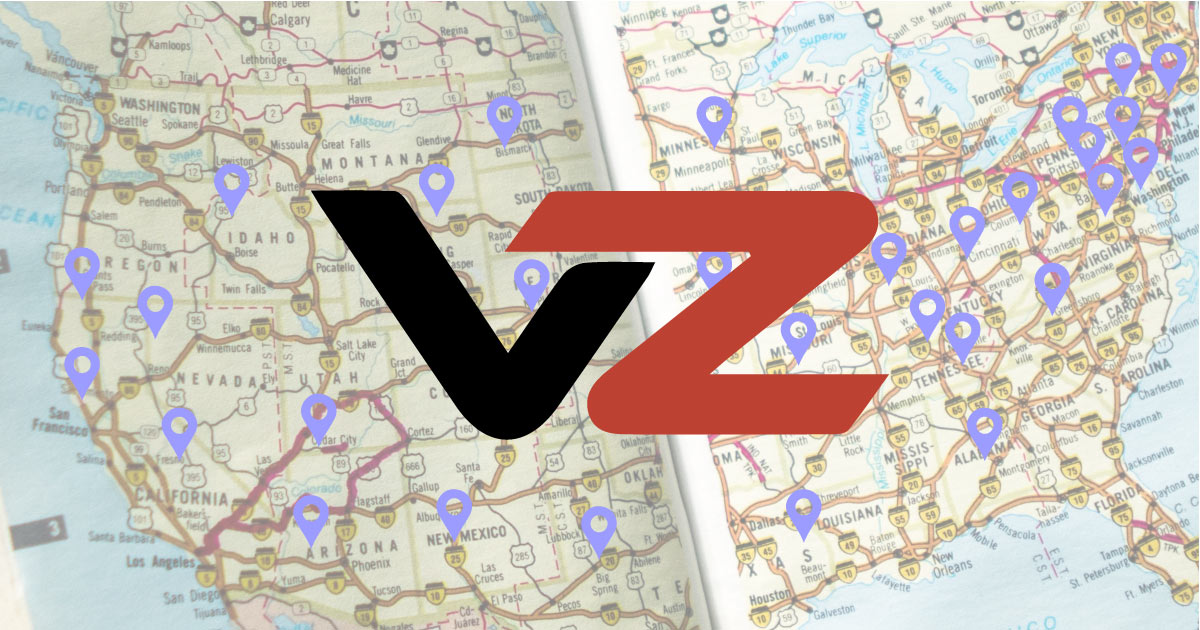In early April of 2020, you could drive across almost any major city in North America without having to slow down for traffic congestion. With businesses closed and millions of people working from home, driving our vehicles became the exception, rather than the rule. For those who ventured out, their wait time was in a line to get into the grocery store, rather than stuck in bumper-to-bumper traffic.
As we move into July, the world is slowly starting to open for business again. What was a quick trip across town to pick up a grocery order and a few essentials a few short weeks ago has slowed down, and we’re back to longer waits at traffic lights and stop signs. Workers who have been commuting this whole time are once again seeing traffic congestion in towns and cities, and stop-and-go conditions on highways during rush hour.
Getting Back to Regular Driving
 As drivers, we’ve had an easy time for the past few months. Now, though, as more and more businesses start to re-open, we need to relearn our defensive driving skills. Those little tricks that we picked up over the years could have slipped away after not being used for a few months. Take your time and be patient as we all get back into the groove of our daily work commute.
As drivers, we’ve had an easy time for the past few months. Now, though, as more and more businesses start to re-open, we need to relearn our defensive driving skills. Those little tricks that we picked up over the years could have slipped away after not being used for a few months. Take your time and be patient as we all get back into the groove of our daily work commute.
When you’re driving in residential areas, remember to look under the front of parked vehicles for the movement of pedestrians who might be crossing the street. Read other drivers’ body language and head motions in case they initiate a lane change or turn.
Automotive Safety Technology Saves Lives
 We recently watched a video about vehicle safety that outlined the number of driver deaths per million miles driven each year. The good news is that those numbers continue to shrink year after year, due to advances in vehicle design. Chassis crumple zones, collapsible steering columns, airbags and active seat belt systems have helped dramatically. For pedestrians, new cars are smarter than ever. Accident avoidance technologies like forward collision warning systems that use cameras to monitor the motion of objects in front of the vehicle are amazing.
We recently watched a video about vehicle safety that outlined the number of driver deaths per million miles driven each year. The good news is that those numbers continue to shrink year after year, due to advances in vehicle design. Chassis crumple zones, collapsible steering columns, airbags and active seat belt systems have helped dramatically. For pedestrians, new cars are smarter than ever. Accident avoidance technologies like forward collision warning systems that use cameras to monitor the motion of objects in front of the vehicle are amazing.
If you are considering a new car purchase, even modestly priced new cars now come with pedestrian detection and automatic emergency braking systems in addition to improved fuel economy and reliability.
Upgrade Your Existing Vehicle with Collision Avoidance Technology

While we won’t see an aftermarket system that can interface with the steering or braking systems anytime soon, safety solutions can still make your return to commuting safer for you, and the vehicles and pedestrians around you. Blind-spot warning systems are among the best collision-avoidance technologies available.
Knowing when someone is driving in your blind spot and getting a warning if you signal to change lanes can prevent close-calls and accidents. Of course, backup cameras are popular upgrades that can reduce damage and potential injury. These wide-angle cameras show everything that is happening behind the vehicle as you start to back up, so you can avoid parking curbs, toys and people while maneuvering your car or truck.
Find a Specialist Mobile Enhancement Retailer Today
You can use our Dealer Locator to help find a nearby shop that specializes in automotive safety enhancements that can help make your renewed work commute safer. Many never closed for the pandemic, and those that did are now open to serve once again. Be sure to check their websites before dropping off your vehicle for an upgrade to learn about any policies regarding social distancing and preparations that might be required.


